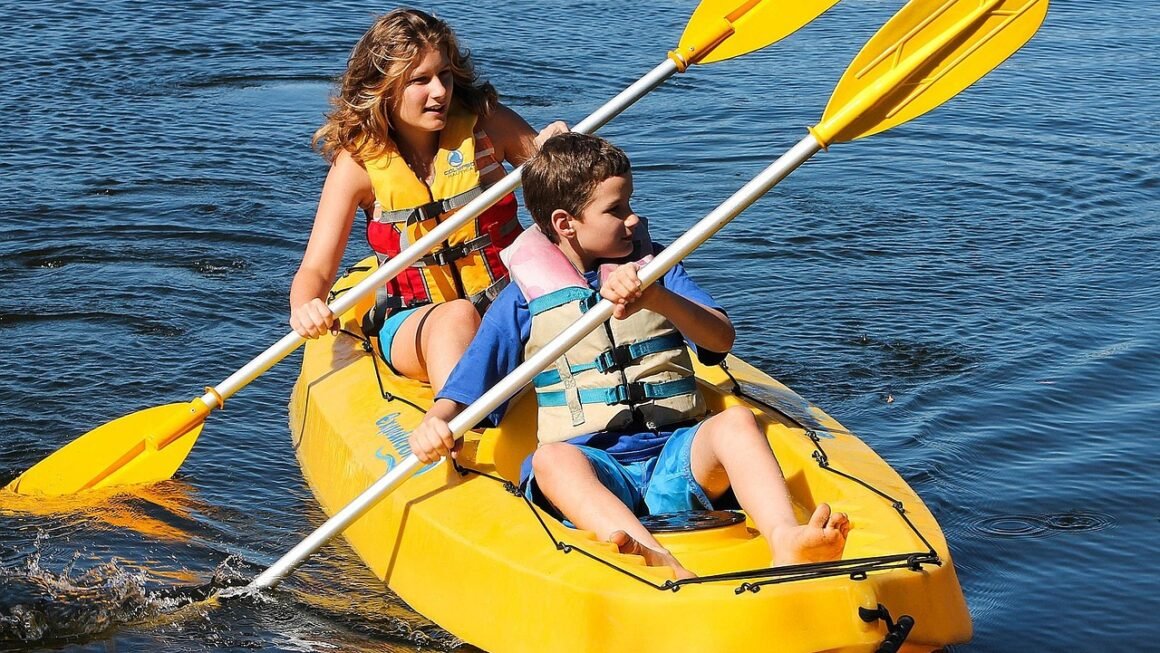Rock climbing is more than just a sport; it’s a full-body workout, a mental challenge, and an opportunity to connect with nature in a profound way. Whether you’re a seasoned climber scaling towering cliffs or a beginner just discovering the joy of indoor bouldering, the world of rock climbing offers something for everyone. This guide will delve into the various aspects of rock climbing, from essential gear to techniques and safety considerations, providing you with the knowledge to embark on your own climbing adventure.
Getting Started with Rock Climbing
Types of Rock Climbing
Rock climbing encompasses a wide range of styles, each with its own unique challenges and rewards. Understanding these differences is crucial for choosing the right path for your experience level and preferences.
- Bouldering: This involves climbing shorter routes, known as “problems,” without ropes, usually over a crash pad for safety. Bouldering emphasizes strength, technique, and problem-solving skills.
Example: Imagine a 15-foot wall with a series of challenging holds, requiring precise movements and explosive power to conquer.
- Sport Climbing: Sport climbing utilizes pre-placed bolts in the rock. Climbers clip their rope into these bolts as they ascend, providing protection in case of a fall. This style allows climbers to focus on the difficulty of the climb without worrying about placing their own protection.
Example: A climber clips a quickdraw (two carabiners connected by a sling) into a bolt and then clips their rope through the lower carabiner. If they fall, the rope will catch them.
- Traditional (Trad) Climbing: Trad climbing involves placing your own protection (cams, nuts, etc.) into cracks and crevices as you climb. This requires significant experience, technical skill, and judgment to ensure a safe ascent.
Example: A climber carefully wedges a camming device into a crack in the rock, ensuring it’s securely placed before clipping their rope to it.
- Top Roping: Ideal for beginners, top roping involves a rope that runs from the climber to an anchor at the top of the climb, then back down to a belayer on the ground. The belayer takes up slack in the rope, minimizing the distance of any potential fall.
Example: A climber is connected to a rope system anchored at the summit of a rock face. A belayer on the ground controls the rope, providing a secure and controlled ascent.
- Indoor Climbing: Climbing gyms offer a controlled environment for practicing climbing techniques and building strength. They provide a great starting point for anyone interested in rock climbing.
Essential Rock Climbing Gear
Having the right gear is essential for safety and performance in rock climbing. Here’s a breakdown of the basics:
- Climbing Shoes: Specialized shoes with sticky rubber soles that provide enhanced grip on the rock.
Tip: Rent climbing shoes at your local gym to determine your size before investing in a pair.
- Harness: A safety device worn around the waist and legs, used to connect the climber to the rope.
- Rope: Dynamic ropes are designed to stretch and absorb energy during a fall. Static ropes are generally used for hauling gear.
- Belay Device: Used by the belayer to control the rope and arrest a fall. Examples include ATC (Air Traffic Controller) and GriGri devices.
- Carabiners: Metal loops with spring-loaded gates, used to connect various components of the climbing system.
- Quickdraws: Pre-assembled slings with carabiners at each end, used in sport climbing to clip the rope to bolts.
- Helmet: Protects your head from falling rocks and impacts.
- Chalk Bag and Chalk: Chalk absorbs sweat and improves grip.
Finding a Climbing Gym or Outdoor Location
- Indoor Climbing Gyms: Search online for “climbing gyms near me” to find facilities in your area. Most gyms offer introductory classes and equipment rentals.
- Outdoor Climbing Areas: Websites like Mountain Project and local climbing guidebooks provide information on climbing areas, route descriptions, and access details.
- Tip: Always check the weather forecast before heading out for an outdoor climb, and be aware of potential hazards such as loose rock and wildlife.
Essential Climbing Techniques
Footwork
- Edging: Using the edge of your shoe to stand on small holds.
- Smearing: Applying pressure to the rock with the sole of your shoe to create friction.
- Heel Hooking: Using the heel of your shoe to engage a hold and pull yourself closer to the wall.
- Toe Hooking: Using the toe of your shoe to engage a hold.
Body Positioning
- Flagging: Extending a leg to the side to maintain balance and prevent swinging.
- Stemming: Using opposing forces with your feet to create stability in a wide stance.
- Mantling: Pushing down on a hold to lift your body up onto a ledge.
Efficient Movement
- Reach and Lock: Reach for the next hold with one hand while maintaining a stable position with the other.
- Conserve Energy: Use your legs as much as possible to propel yourself upwards, rather than relying solely on your arms.
- Visualize the Route: Before starting a climb, take a moment to plan your moves and identify potential challenges.
Safety First: Climbing Responsibly
Belaying Techniques
Proper belaying is crucial for the safety of the climber.
- Communication: Use clear and concise commands with your climbing partner (e.g., “On belay?”, “Belay on,” “Climbing!”).
- Attention: Always maintain focus on the climber and the rope.
- Proper Technique: Use the correct belay technique for your device and practice regularly.
- Actionable Tip: Take a belay certification course at your local climbing gym.
Understanding Risk Management
- Assess Hazards: Before climbing, identify potential hazards such as loose rock, weather conditions, and terrain.
- Check Equipment: Inspect your gear for wear and tear before each climb.
- Communicate: Communicate openly with your climbing partner about your experience level and any concerns you may have.
Leave No Trace
- Pack It In, Pack It Out: Remove all trash and waste from the climbing area.
- Stay on Marked Trails: Avoid damaging vegetation or disturbing wildlife.
- Respect Private Property: Obtain permission before climbing on private land.
Training and Progression
Building Strength and Endurance
- Climbing-Specific Exercises: Focus on exercises that mimic climbing movements, such as pull-ups, push-ups, and core work.
- Hangboarding: A training tool used to improve finger strength.
- Campus Boarding: A more advanced training method that involves climbing on a board with wooden rungs, focusing on dynamic movements and upper body strength.
- Cardiovascular Training: Improves endurance and recovery.
Example: Running, swimming, or cycling.
Improving Technique
- Practice Regularly: The more you climb, the better your technique will become.
- Climb with Experienced Climbers: Learn from their techniques and receive feedback.
- Watch Climbing Videos: Observe professional climbers and analyze their movements.
Setting Goals
- Start Small: Set achievable goals that gradually increase in difficulty.
- Focus on Improvement: Concentrate on improving your technique and fitness, rather than solely on reaching the top.
- Celebrate Successes: Acknowledge and celebrate your achievements, no matter how small.
Conclusion
Rock climbing is a challenging and rewarding activity that can be enjoyed by people of all ages and fitness levels. By understanding the different types of climbing, essential gear, techniques, and safety considerations, you can embark on your own climbing journey with confidence. Remember to prioritize safety, respect the environment, and enjoy the process of learning and growing as a climber. So, gear up, find a climbing gym or outdoor location, and experience the thrill of conquering the rock!



